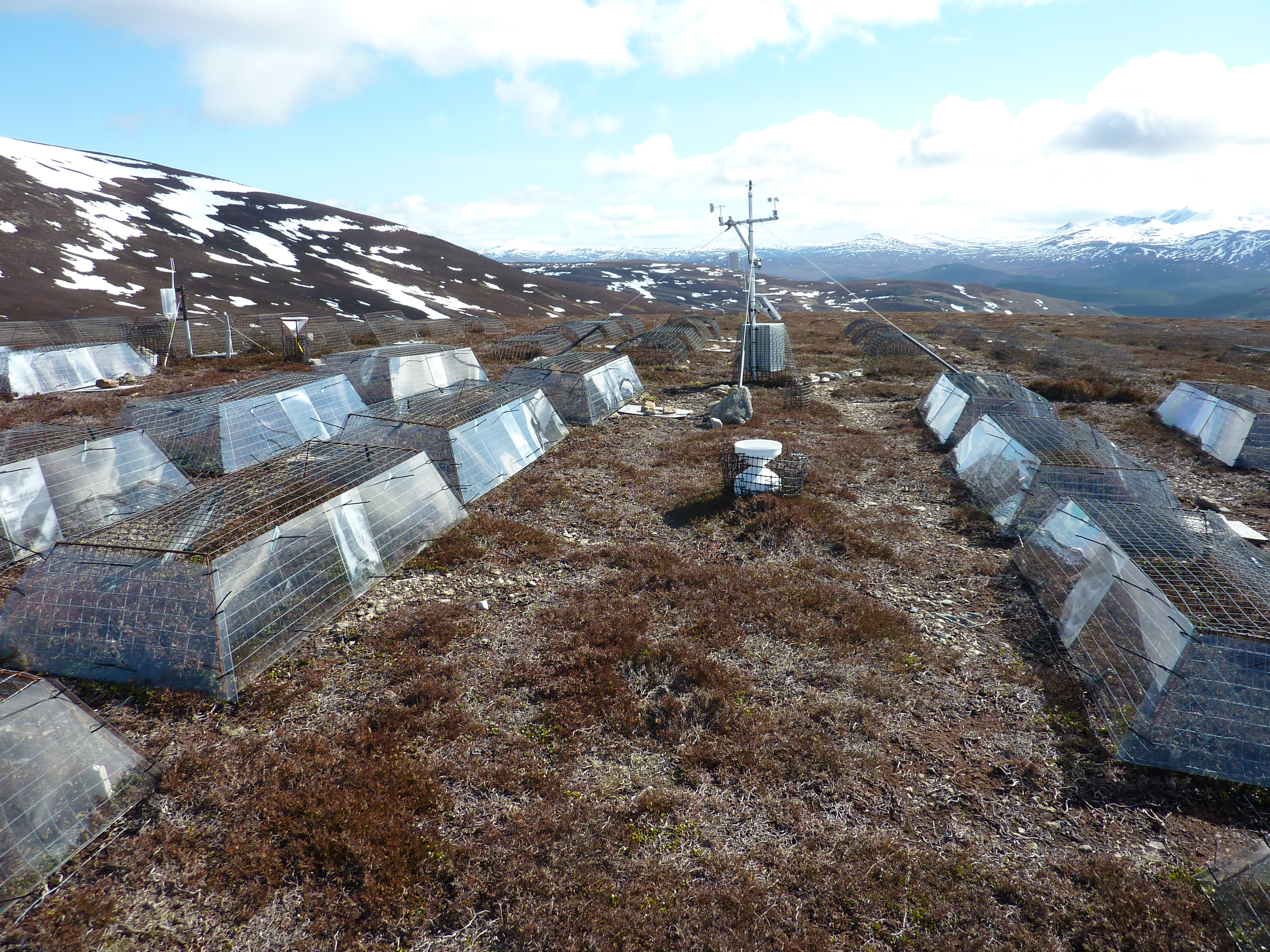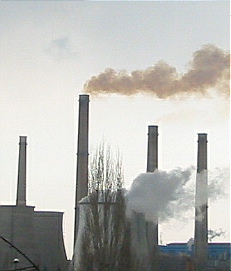|
Scottish Executive Environment And Rural Affairs Department
The Scottish Executive Environment and Rural Affairs Department (SEERAD) was a civil service department of the Scottish Executive. SEERAD was responsible for the following areas in Scotland: agriculture, rural development, food, the environment and fisheries. Following the change of administration in May 2007, a restructuring exercise led to most SEERAD functions being continued under the new Scottish Executive Environment Directorate. SEERAD was directly responsible for various agencies of the Scottish Executive and other public bodies relating to these areas of responsibility. From early 2005 the Department was headed by Richard Wakeford. The Minister for Environment and Rural Development was Ross Finnie and he was assisted by the Deputy Minister for Environment and Rural Development, Sarah Boyack. A concordat set out agreed frameworks for co-operation between it and the United Kingdom government Department for Environment, Food and Rural Affairs [...More Info...] [...Related Items...] OR: [Wikipedia] [Google] [Baidu] |
Civil Service (United Kingdom)
His Majesty's Home Civil Service, also known as His Majesty's Civil Service, the Home Civil Service, or colloquially as the Civil Service is the permanent bureaucracy or secretariat of Crown employees that supports His Majesty's Government, which is led by a cabinet of ministers chosen by the Prime Minister of the United Kingdom of Great Britain and Northern Ireland, as well as two of the three devolved administrations: the Scottish Government and the Welsh Government, but not the Northern Ireland Executive. As in other states that employ the Westminster political system, His Majesty's Home Civil Service forms an inseparable part of the British government. The executive decisions of government ministers are implemented by HM Civil Service. Civil servants are employees of the Crown and not of the British parliament. Civil servants also have some traditional and statutory responsibilities which to some extent protect them from being used for the political advantage of the party ... [...More Info...] [...Related Items...] OR: [Wikipedia] [Google] [Baidu] |
Scottish Agricultural Science Agency
SASA (formerly the Scottish Agricultural Science Agency) is a division of the Scottish Government Agriculture and Rural Delivery Directorate. It provides scientific advice and support on a range of agricultural and environmental topics to the Scottish Government. SASA is based at Roddinglaw on the Western edge of the City of Edinburgh, where its premises contain a laboratory, a glasshouse and an experimental farm facility. Over 100 scientists and other staff members work at SASA, all of whom are civil servants. History From 1925 to 2006 the Agency and its precursors were based at East Craigs in Edinburgh. The Agency was first formed by the then Board of Agriculture for Scotland. The origins of SASA can be traced back to the opening of a full-time seed testing station in 1914 at 21 Duke Street, Edinburgh. Following the introduction of the Testing of Seeds Order 1917, the unit moved to larger premises at 7 Albany Street in 1918. In May 1925 the Seed Testing Station moved to new ... [...More Info...] [...Related Items...] OR: [Wikipedia] [Google] [Baidu] |
1999 Establishments In Scotland
File:1999 Events Collage.png, From left, clockwise: The funeral procession of King Hussein of Jordan in Amman; the 1999 İzmit earthquake kills over 17,000 people in Turkey; the Columbine High School massacre, one of the first major school shootings in the United States; the Year 2000 problem ("Y2K"), perceived as a major concern in the lead-up to the year 2000; the Millennium Dome opens in London; online music downloading platform Napster is launched, soon a source of online piracy; NASA loses both the Mars Climate Orbiter and the Mars Polar Lander; a destroyed T-55 tank near Prizren during the Kosovo War., 300x300px, thumb rect 0 0 200 200 Death and state funeral of King Hussein rect 200 0 400 200 1999 İzmit earthquake rect 400 0 600 200 Columbine High School massacre rect 0 200 300 400 Kosovo War rect 300 200 600 400 Year 2000 problem rect 0 400 200 600 Mars Climate Orbiter rect 200 400 400 600 Napster rect 400 400 600 600 Millennium Dome 1999 was designated as the Interna ... [...More Info...] [...Related Items...] OR: [Wikipedia] [Google] [Baidu] |
Defunct Departments Of The Scottish Government
{{Disambiguation ...
Defunct (no longer in use or active) may refer to: * ''Defunct'' (video game), 2014 * Zombie process or defunct process, in Unix-like operating systems See also * * :Former entities * End-of-life product * Obsolescence Obsolescence is the state of being which occurs when an object, service, or practice is no longer maintained or required even though it may still be in good working order. It usually happens when something that is more efficient or less risky r ... [...More Info...] [...Related Items...] OR: [Wikipedia] [Google] [Baidu] |
Scottish Water
Scottish Water is a statutory corporation that provides water and sewerage services across Scotland. It is accountable to the public through the Scottish Government. Operations Scottish Water provides drinking water to 2.46 million households and 150,000 business customers in Scotland. Every day it supplies 1.34 billion litres of drinking water and takes away 847 million litres of waste water from customers' properties and treats it before returning it to the environment. Regulated Services Scottish Water operates under a regulatory framework established by the Water Services etc. (Scotland) Act 2005 allowing an economic regulator, the Water Industry Commission for Scotland, to set the cost of the service independently. The Water Industry Commission for Scotland establishes the "lowest overall reasonable cost" through a benchmarking exercise with private water companies operating in England and Wales. Scottish Water has a right of appeal against this price setting process thro ... [...More Info...] [...Related Items...] OR: [Wikipedia] [Google] [Baidu] |
The Macaulay Institute
The Macaulay Institute, formally the Macaulay Land Use Research Institute and sometimes referred to simply as The Macaulay, is a research institute based at Aberdeen in Scotland, which is now part of the James Hutton Institute. Its work covers aspects such as landscape, soil and water conservation and climate change. History The Macaulay Institute for Soil Research was founded in 1930. A benefaction of £10,000 from one of Canada's Scottish sons, Thomas Bassett Macaulay, of the Sun Life Assurance Company of Canada was used to purchase 50 acres and buildings at Craigiebuckler in Aberdeen. Macaulay's aim was to improve the productivity of Scottish agriculture. Thomas Bassett Macaulay was a descendant of Macaulay family of Lewis, who were centred on the Hebridean Isle of Lewis. He was true to his Hebridean roots throughout his life, often giving large donations to Lewis, which funded various projects including a new library and a new wing at Lewis hospital. The new Macaulay Inst ... [...More Info...] [...Related Items...] OR: [Wikipedia] [Google] [Baidu] |
Scottish Natural Heritage
NatureScot ( gd, NàdarAlba), which was formerly known as Scottish Natural Heritage, is an executive non-departmental public body of the Scottish Government responsible for the country's natural heritage, especially its natural, genetic and scenic diversity. It advises the Scottish Government on nature conservation, and acts as a government agent in the delivery of conservation designations, i.e. national nature reserves, local nature reserves, national parks, Sites of Special Scientific Interest (SSSIs), Special Areas of Conservation, Special Protection Areas and the national scenic areas. It receives annual funding from the Government in the form of Grant in Aid to deliver Government priorities for the natural heritage. NatureScot is the Scottish Government's adviser on all aspects of nature, wildlife management and landscape across Scotland, and also helps the Scottish Government meet its responsibilities under European environmental laws, particularly in relation to th ... [...More Info...] [...Related Items...] OR: [Wikipedia] [Google] [Baidu] |
Scottish Environment Protection Agency
The Scottish Environment Protection Agency (SEPA; gd, Buidheann Dìon Àrainneachd na h-Alba) is Scotland's Environmental regulation, environmental regulator and national flood forecasting, flood warning and strategic flood risk management authority.Environment Act (1995). (c.2), London, HMSO [Accessed 29 April 2010]. Its main role is to protect and improve Scotland's environment. SEPA does this by helping business and industry to understand their environmental responsibilities, enabling customers to comply with legislation and good practice and to realise the economic benefits of good environmental practice. One of the ways SEPA does this is through the NetRegs environmental guidance service. It protects communities by regulating activities that can cause harmful pollution and ... [...More Info...] [...Related Items...] OR: [Wikipedia] [Google] [Baidu] |
Royal Botanic Garden Edinburgh
The Royal Botanic Garden Edinburgh (RBGE) is a scientific centre for the study of plants, their diversity and conservation, as well as a popular tourist attraction. Founded in 1670 as a physic garden to grow medicinal plants, today it occupies four sites across Scotland—Edinburgh, Dawyck, Logan and Benmore—each with its own specialist collection. The RBGE's living collection consists of more than 13,302 plant species (34,422 accessions),Rae D. et al. (2012) Catalogue of Plants 2012. Royal Botanic Garden Edinburgh. whilst the herbarium contains in excess of 3 million preserved specimens. The Royal Botanic Garden Edinburgh is an executive non-departmental public body of the Scottish Government. The Edinburgh site is the main garden and the headquarters of the public body, which is led by Regius Keeper Simon Milne. History The Edinburgh botanic garden was founded in 1670 at St. Anne's Yard, near Holyrood Palace, by Dr. Robert Sibbald and Dr. Andrew Balfour. It ... [...More Info...] [...Related Items...] OR: [Wikipedia] [Google] [Baidu] |
Deer Commission For Scotland
The Deer Commission for Scotland was an Scottish public bodies, executive non-departmental body of the Scottish Government. It was responsible for the conservation, control and sustainable management of all species of wild deer in Scotland. It also acted as the Government's advisor on deer-related matters. The Commission consisted of 10 members, appointed by the Scottish Ministers. Its head office was at Great Glen House, Inverness, and the organisation was a member of SEARS (Scotland's Environmental and Rural Services). History The Deer Commission for Scotland was formed by the Deer (Scotland) Act 1996. Under section 1 of the Public Services (Reform) (Scotland) Act 2010 the functions of the Commission were transferred to Scottish Natural Heritage on 1 August 2010 and the Commission was dissolved. Role The Commission had statutory roles under the 1996 Act. These included: ''Authorisations'' which granted the power to cull deer in circumstances when they would not normally have th ... [...More Info...] [...Related Items...] OR: [Wikipedia] [Google] [Baidu] |
Crofters Commission
The Crofting Commission ( gd, Coimisean na Croitearachd) took the place of the Crofters Commission ( gd, Coimisean nan Croitearan) on 1 April 2012 as the statutory regulator for crofting in Scotland. Based in Inverness, it is an executive non-departmental public body of the Scottish Government. The Commission comprises six Crofting Commissioners elected from geographic areas in the crofting counties, and three Commissioners appointed by the Scottish Government. The Convener is appointed from among Commission members. The Commission is supported by around 60 staff led by a Chief Executive. The vision of the Commission is to be guiding regulatorthat uses its powers to support thcrofting system Its purpose is to regulate the crofting system fairly and reasonably to protect it for future generations. The Commission encourages crofters to understand their legal responsibilities as crofts are a valuable resource that should be available both now and in the future for existing c ... [...More Info...] [...Related Items...] OR: [Wikipedia] [Google] [Baidu] |




